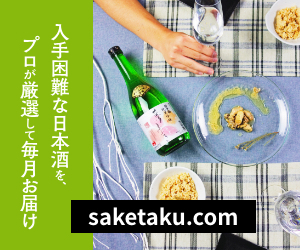- Home
- My Trip Diary
- Trip to Komoro city, Nagano – Ni-no-maru & Honmaru of Komoro Castle―
Trip to Komoro city, Nagano – Ni-no-maru & Honmaru of Komoro Castle―
- 2017/3/29

Thank you for seeing this blog!
It takes long time to update this blog because I worked in a Japanese Company and have recently worked until midnight.
Well, last time we went through San-no-mon, the third gate, and came up to San-no-maru.
This time from that San-no-maru.
Paying the entrance fee of 500 yen at the entrance of the old-school garden, proceeded.
*Note: This article includes pictures which was taken in different season (autumn and winter). Pictures taken in winter are ones which I use for this blog afterwards.
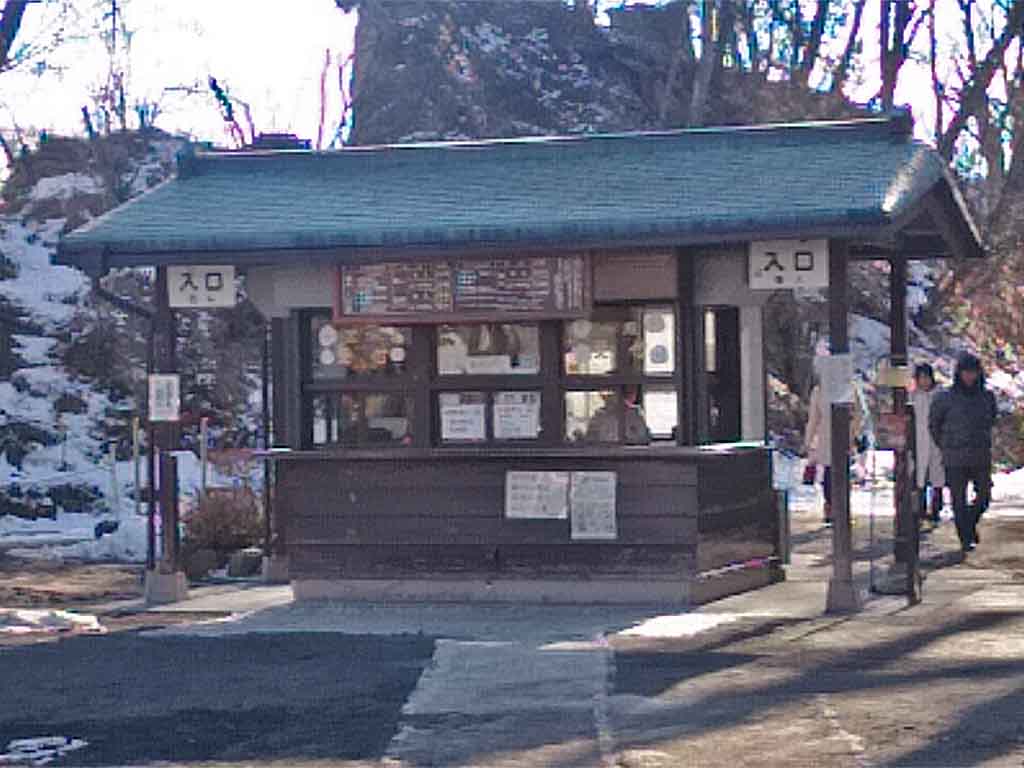
In the entrance on the right side, Ishigaki stretches ahead.
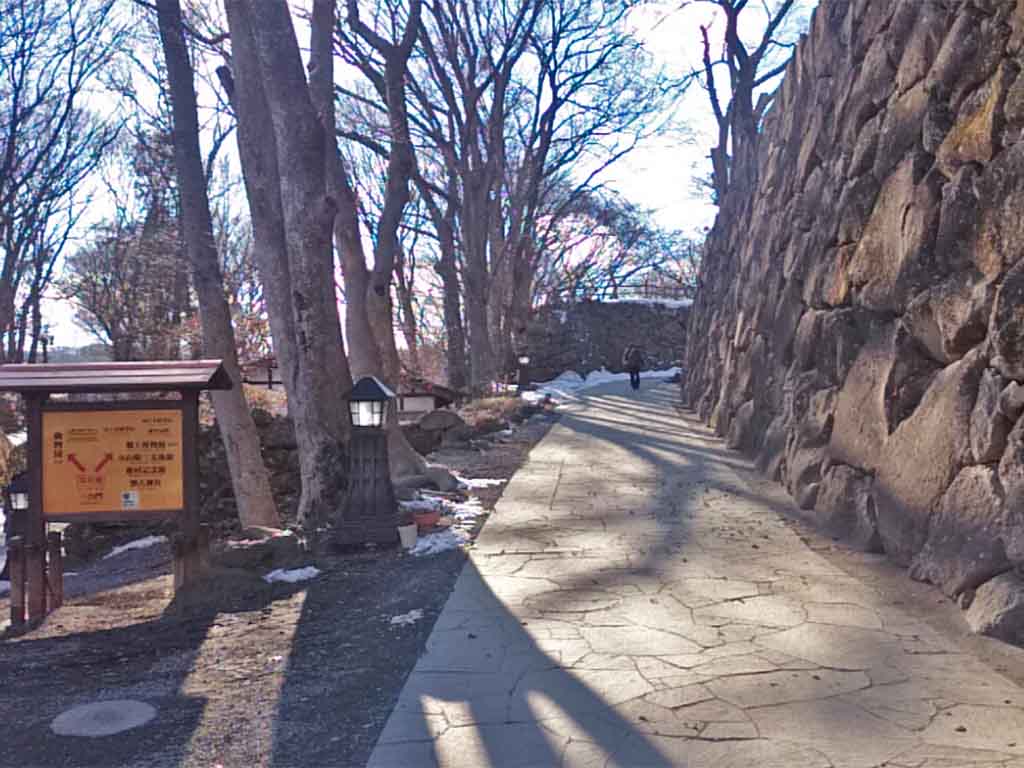
As you walk along this stone wall, the stone wall rises in front and the road goes to the right.
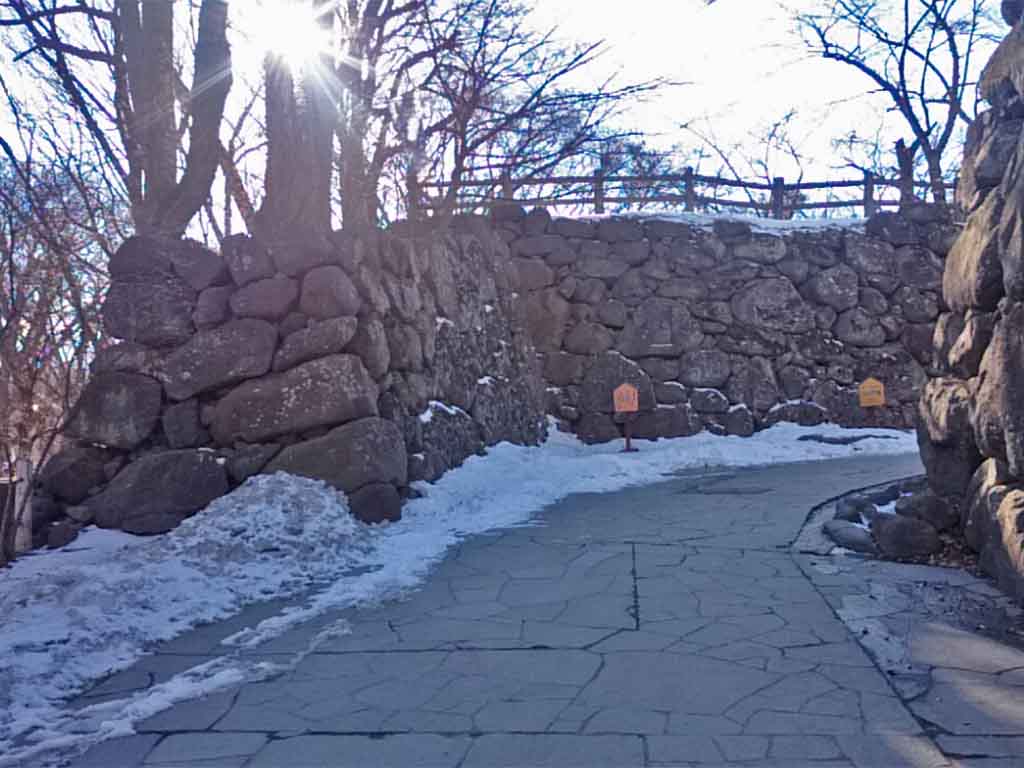
In the past, there was Ni-no-Mon, “second gate”, just beside on the right, but now there is nothing.
Going through Ni-no-mon, “Ni-no-maru” is there.

“Hon-maru” is to the left from here.
It is the picture that I posted at the end of first Komoro article.
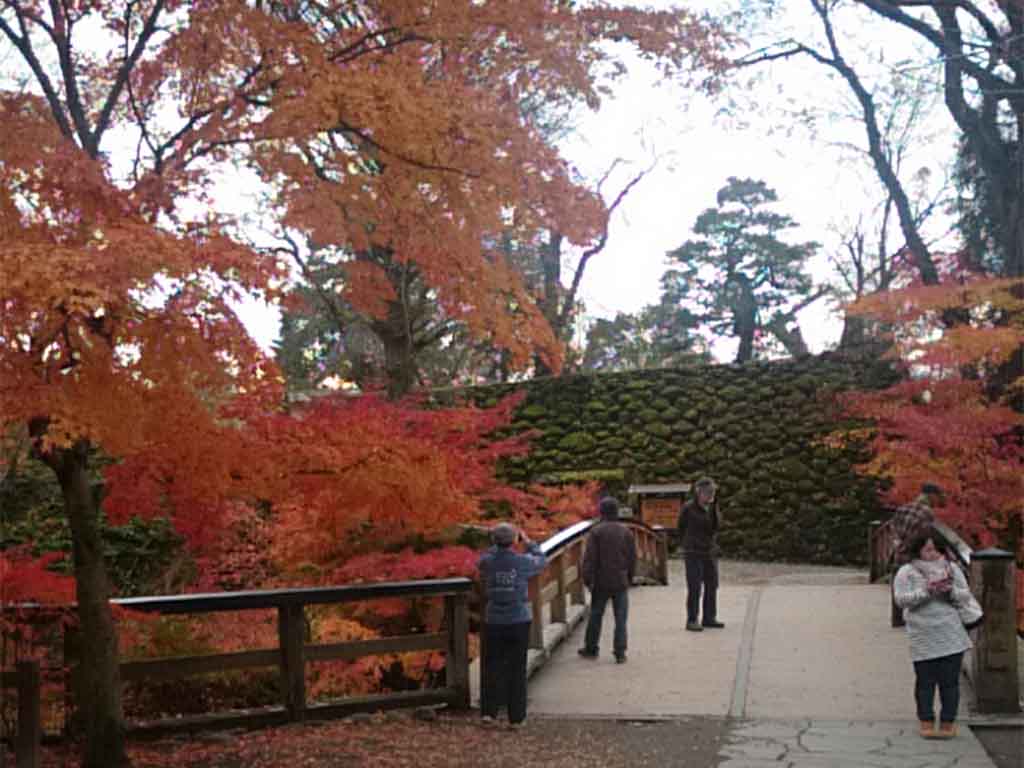
Ahead of the bridge, it is “Honmaru”. Autumn leaves are very beautiful.
By the way, looking at the left side of the bridge is like this.

Not so deep, it is a valley.
Crossing over the bridge, Ishigaki is rising.
There used to be a gate named Kuro-mon, Black gate, where I crossed this bridge, and protect from the invasion of enemy, but now is not.
Turn left at this soaring stone wall, the area over there is main area of Komoro Castle.
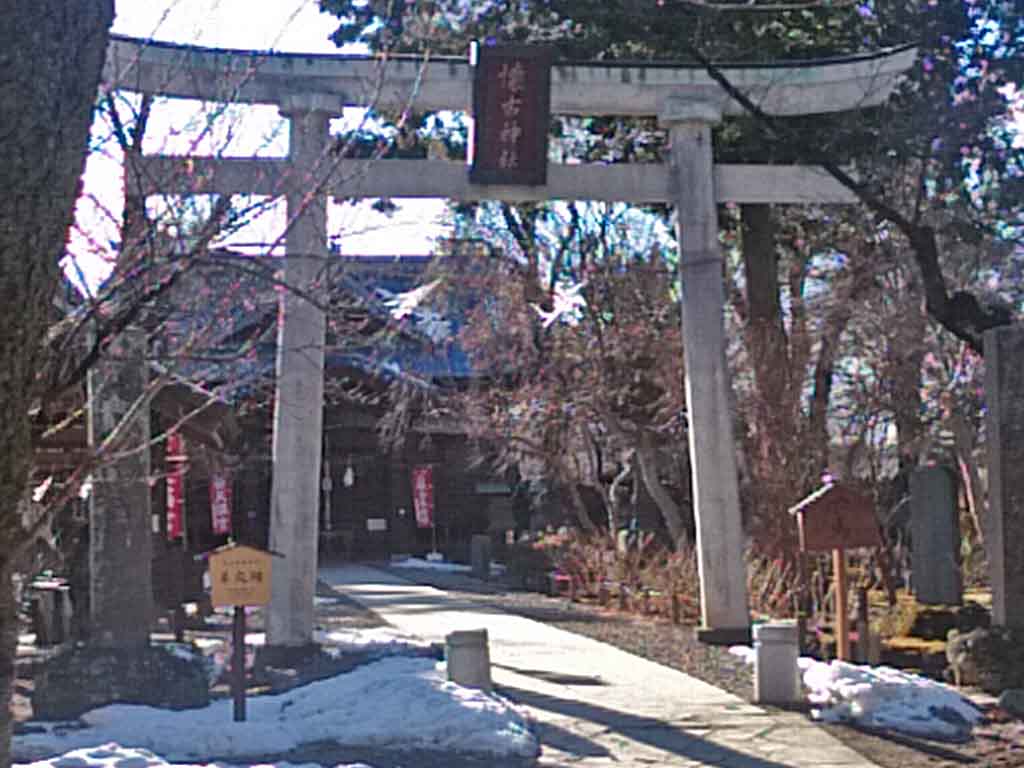
This is “Kaiko-Jinja” shrine.
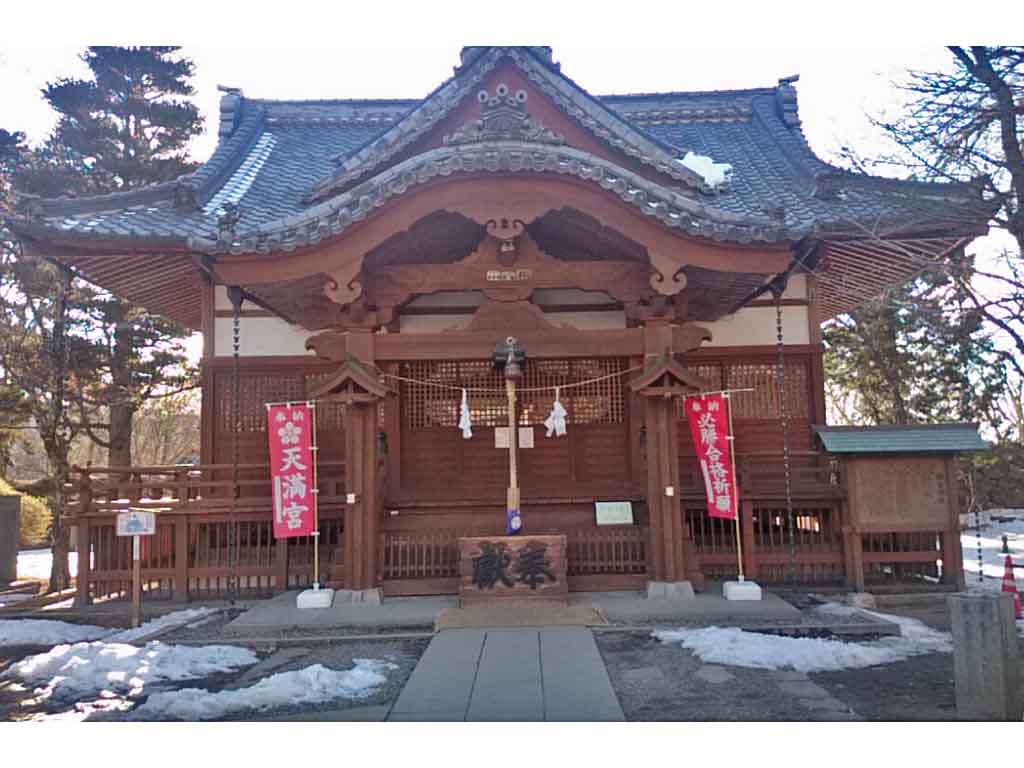
According to the picture, Honmaru of Komoro Castle is surrounded by stone walls around the corner, and there is a Tenshu-dai at the northwest corner. That’s it.
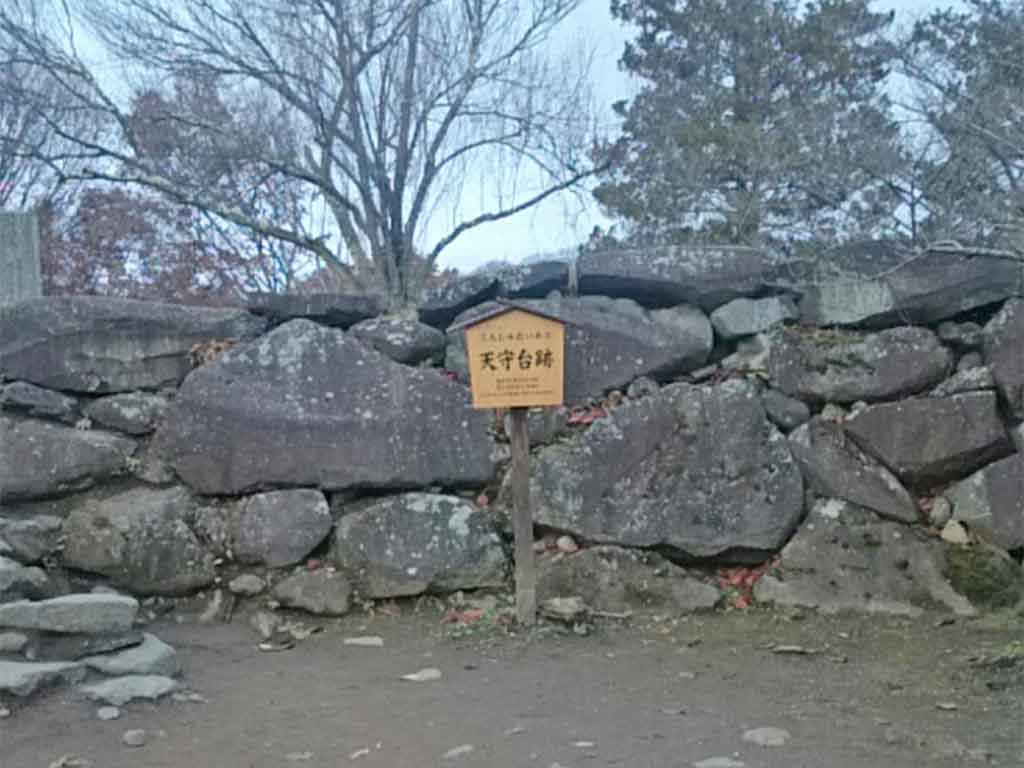
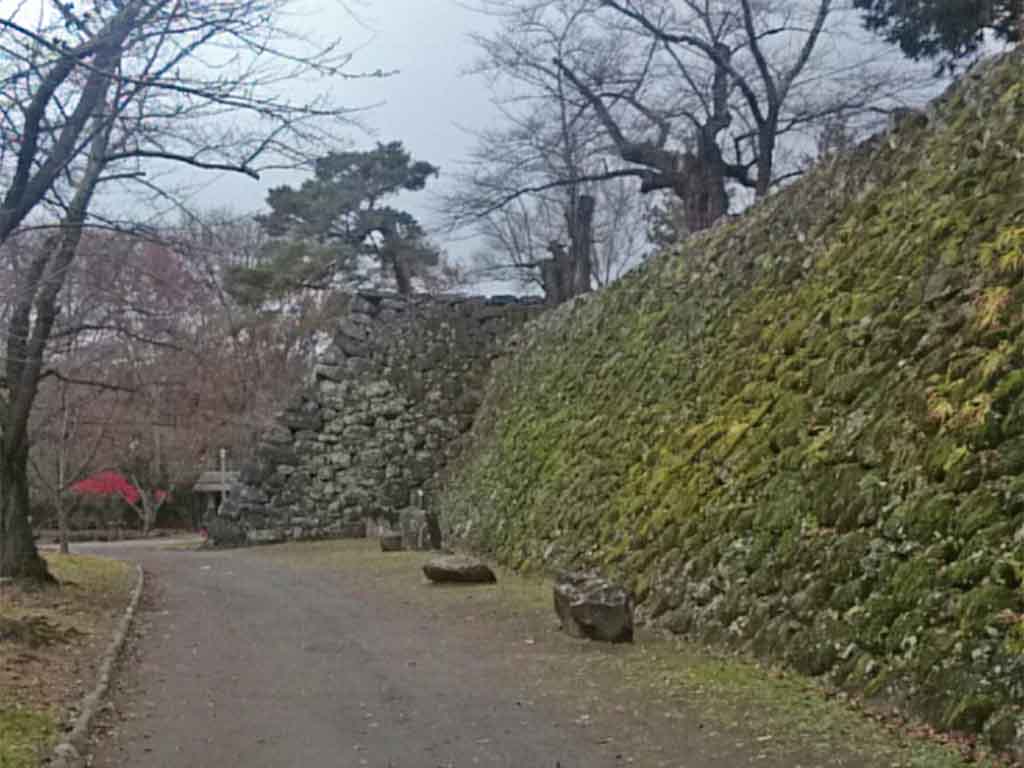
The photograph on the left is the one taken from inside of Honmaru, the picture on the right is one taken from “Baba”, Horse training field, on the west side, outside of Honmaru.
This kind of stone wall made by stacking natural stones that are not so big is called “Nozura-zumi”.
They seem to be stacked casually, but here is wisdom of old people, and various ingenuity is done in the way of stacking so that the stone wall will not collapse.
On this stone wall, three floors castle tower used to rise in the early Edo period, but it was not rebuilt after it was destroyed by a lightning strike in 1626.
Well, since I saw the stone wall from the outside of Honmaru, I will go around the outside of Honmaru.
Last time, last time in a while, I said Komoro is on the long supreme falling from Mt. Asama to the Chikuma river.
Komoro castle is at the tip of its skirts.
It is rare as a castle which is usually built higher than the surroundings.
Komoro castle was built in a lower position but it was built on the cliff wall of the Chikuma River and the defense power seems to have been high.
Here is a picture that seems to be able to understand the state of the cliff.

I will introduce it later, but this is taken from the bridge over the valley in the north from Honmaru called “Suigetsu-kyou”, Drunk Moon Bridge, at the western tip of Komoro Castle called “Mizu-no-te Tenboudai”, Observatory.
A little dark, a castle is built on these cliffs.
The northern part of Honmaru is a deep valley, but the red leaves were very beautiful as the autumn leaves grew.

In a sense, it is a world of bonsai.
Going to the south side of Honmaru, there are Komoro zoo and amusement park. However, this is omission because I have not gone ^^;
I’ve taken a quick look at Komoro Castle.
Finally, let’s close this.
Komoro Castle is often drawn by Shimazaki Touson’s “Chikumagawa Ryojyou-no-Uta”, poem for the journey to Chikumagawa, starting with “Komoro-naru-Kojou-no-Hotori…”, Near the Old Castle named Komoro…”.
Talking about Touson, he is a representative of a naturalist writer and his masterpiece is “Hakai”, Obscene, ”Yoake-mae”, Before Dawn.
This “Yoake-mae” is also adopted as the brand name of sake made by Ono Shuzo, brewery, in Ina district near Touson’s hometown.
In addition, in Ninomaru of Komoro Castle, a tanka, short poem, of Wakayama Bokusui is engraved on stone wall.
Speaking of “Bokusui”, it is the brand name of sake made by Takeshige Honke Sake Brewery located in Saku city, next to Komoro City.
It is scheduled to be introduced next time, but you can drink it at shops like Sobaya in Komoro city.
Touson had lived in Komoro city for several years as an English teacher, and the poet which I wrote at that time, is the “Chikumagawa Ryojyou-no-Uta” earlier.
Bokusui, When he was 25 years old after he got fame at the young altar at the time, visited Komoro city to visit him, spiritually exhausted, and it seems that the song he wrote at that time is left behind .
Although derailed a bit, Touson’s “Chikumagawa Ryojyou-no-Uta” sits the Touson Memorial Hall in the north of the castle.
Furthermore, walking towards the west of the castle tower ruin, there is a stone monument of “Chikumagawa Ryojyou-no-Uta” and further along the street you reach the western tip of Komoro Castle.
Here is a picture of the view of the Chikuma River from there.
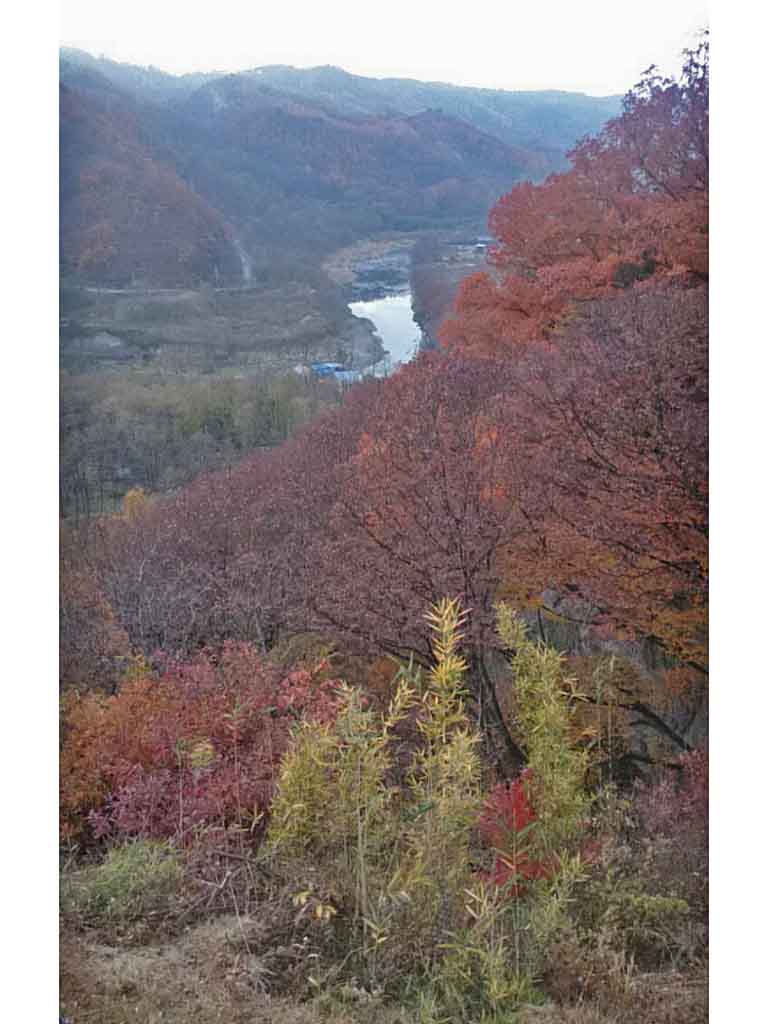
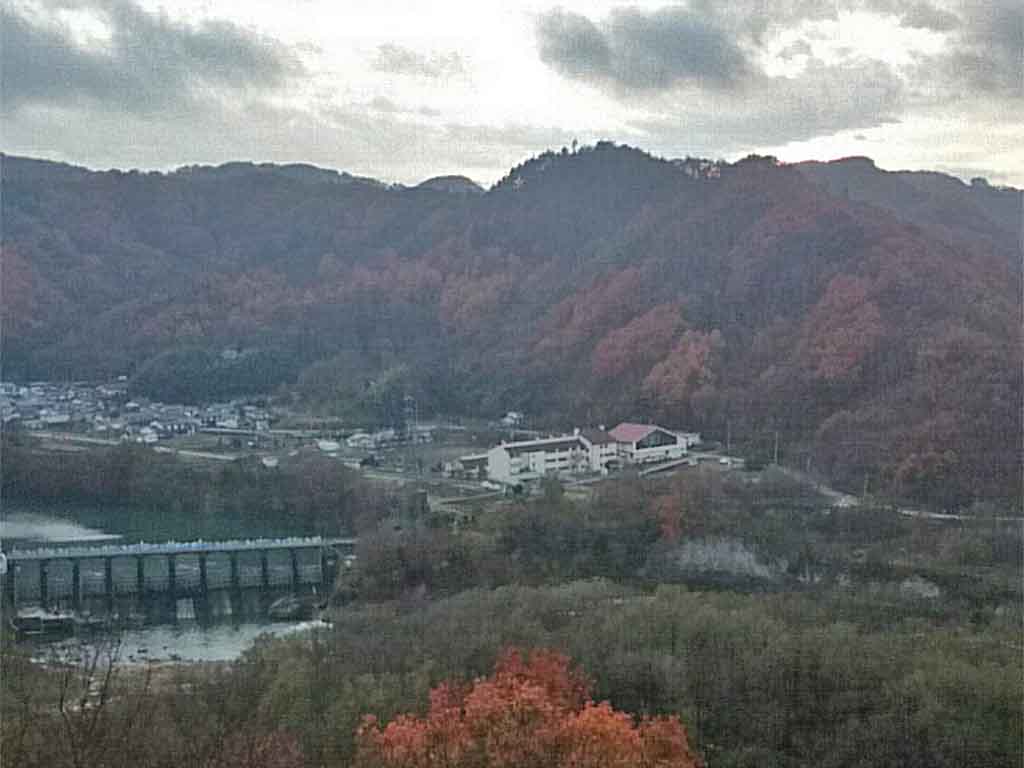
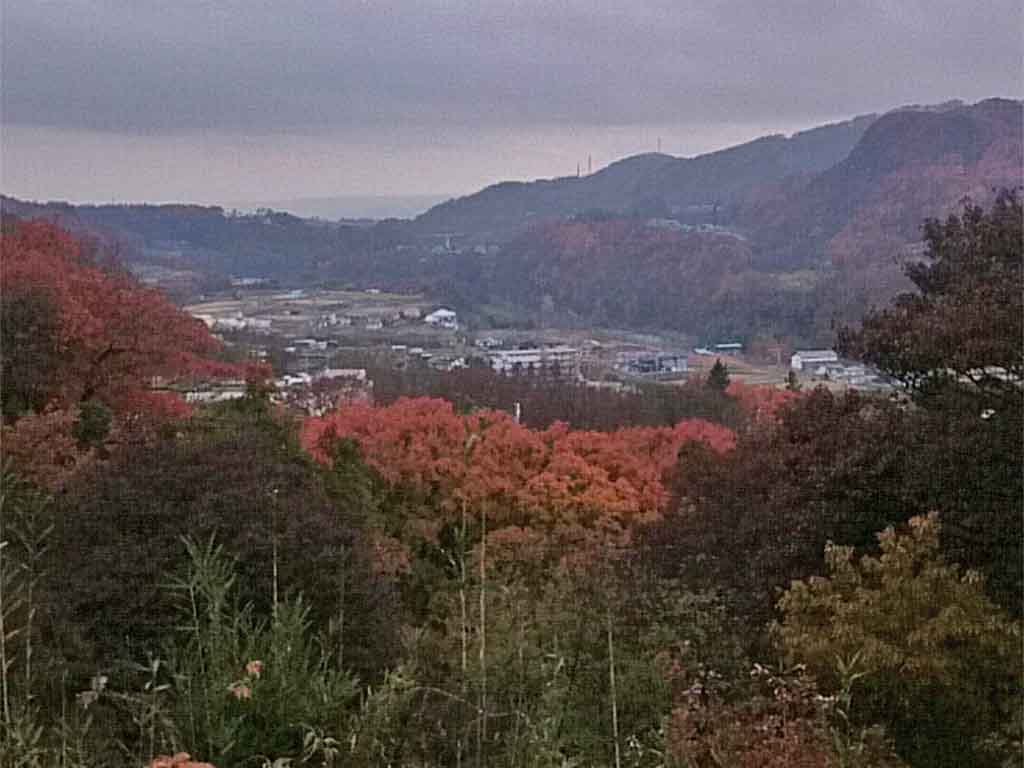
Touson also looked at these scenes and write the poem?

Restaurant Information
| Shop Name | |
|---|---|
| Prefectures | - |
| Tel | |
| Address | |
| Nearest Station | |
| Homepage | - |
| Business Hours | - |
| Holiday | |
| Introduction | |
| Sake List |
|

